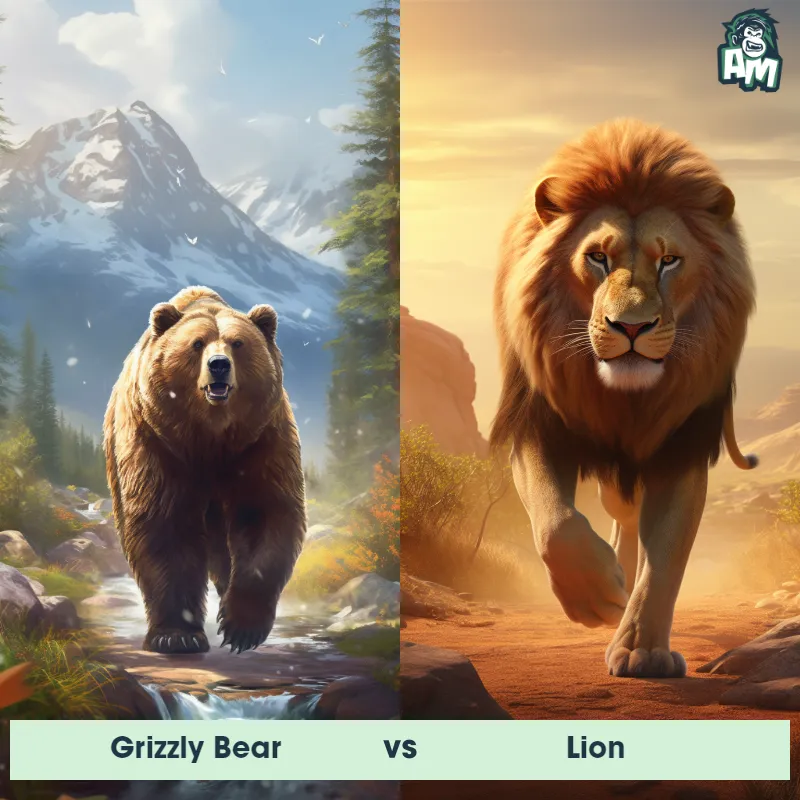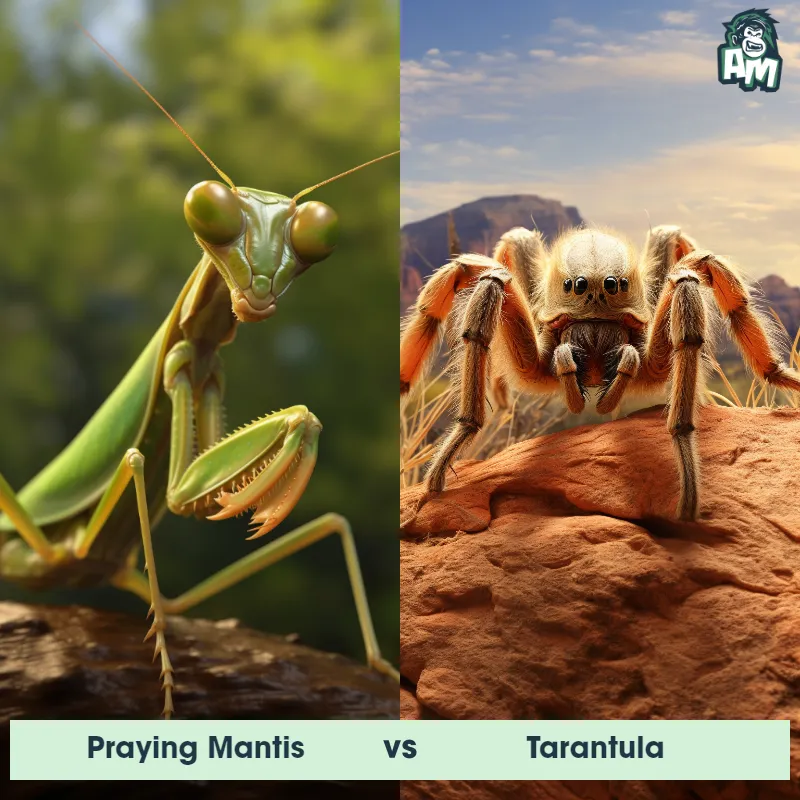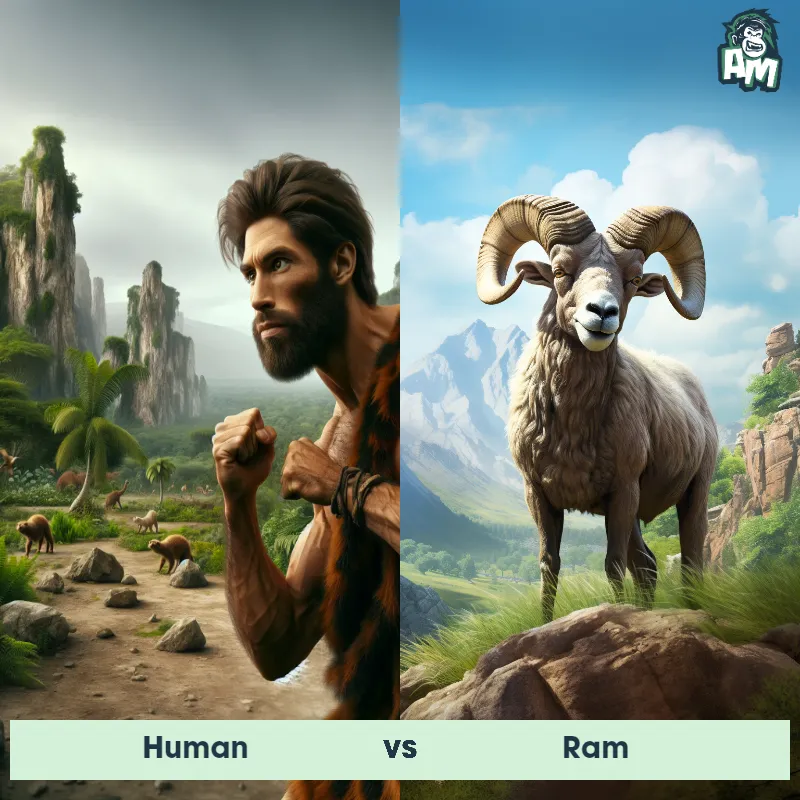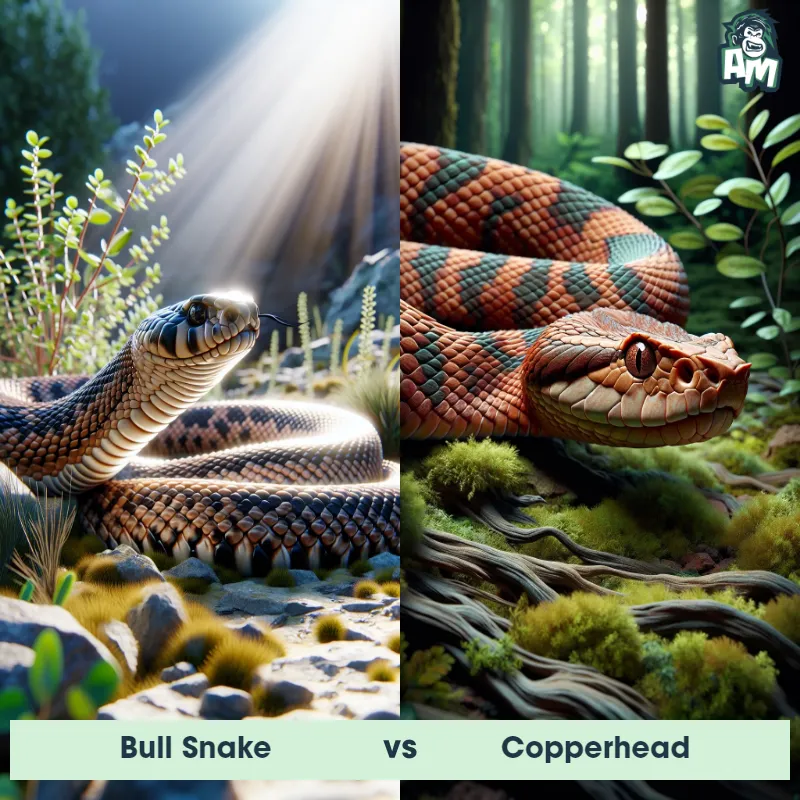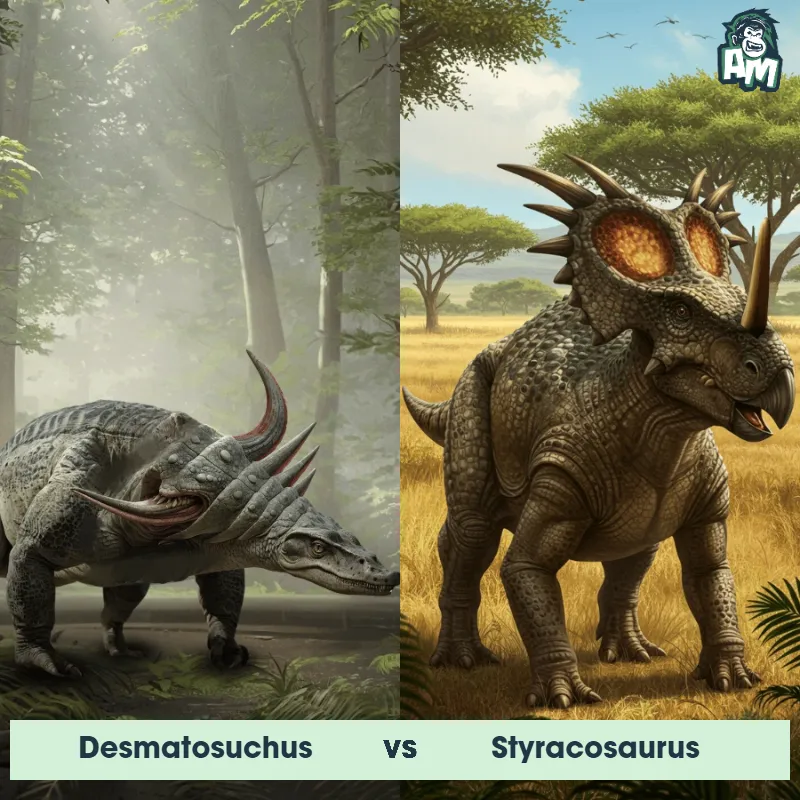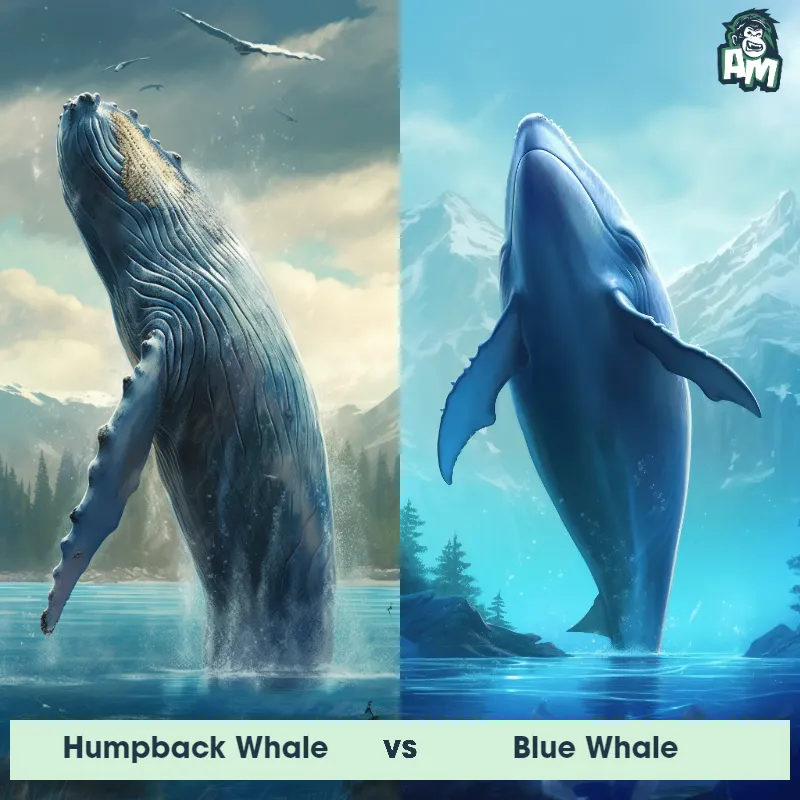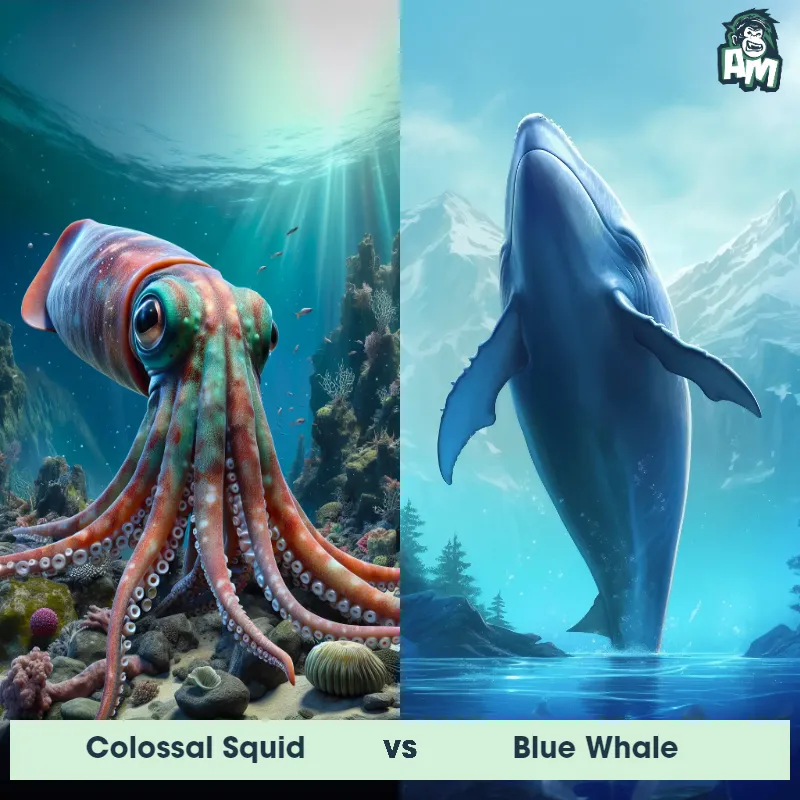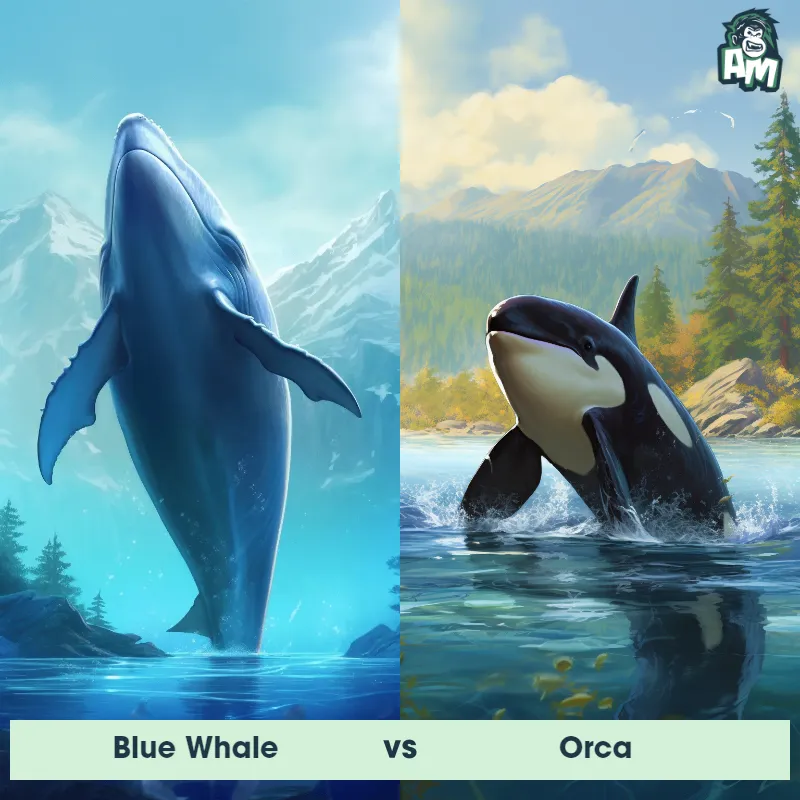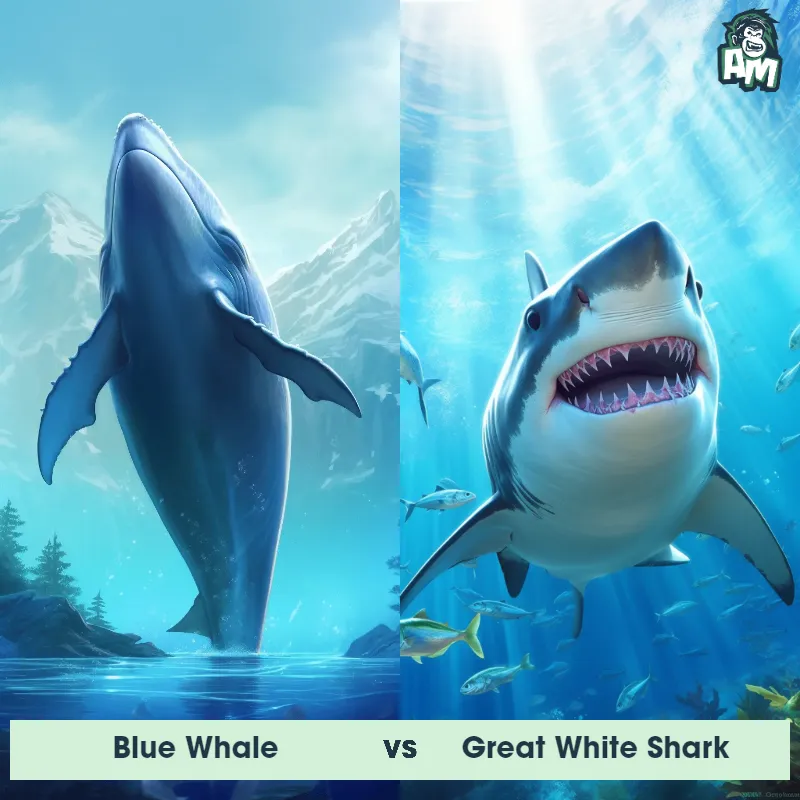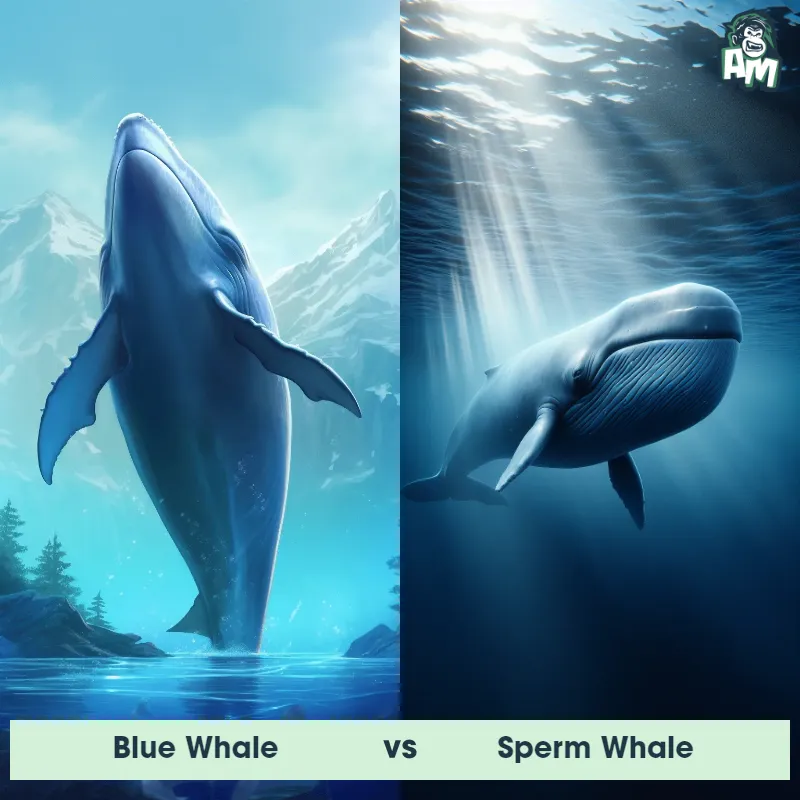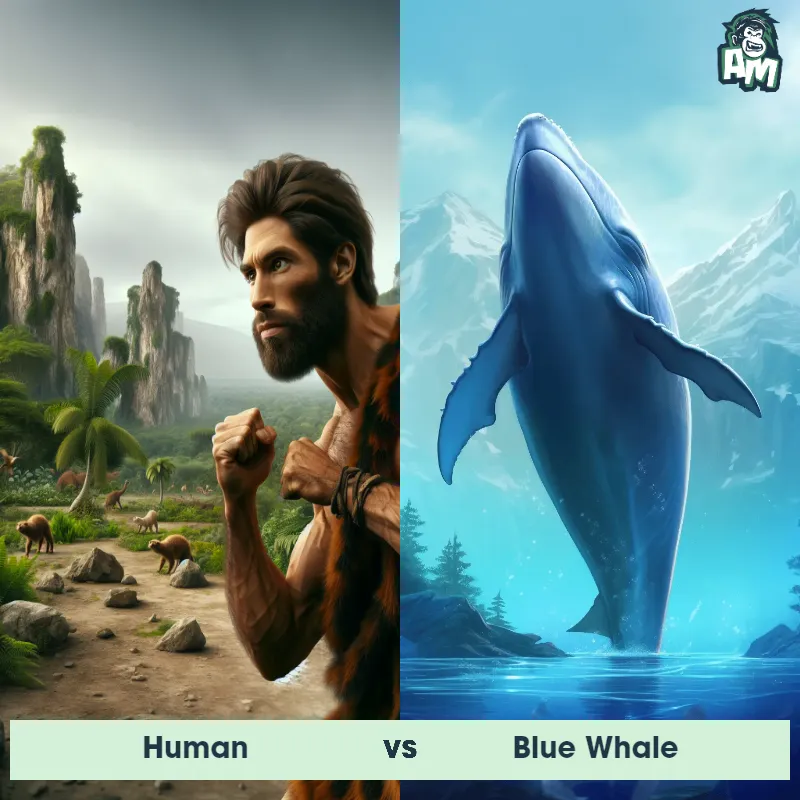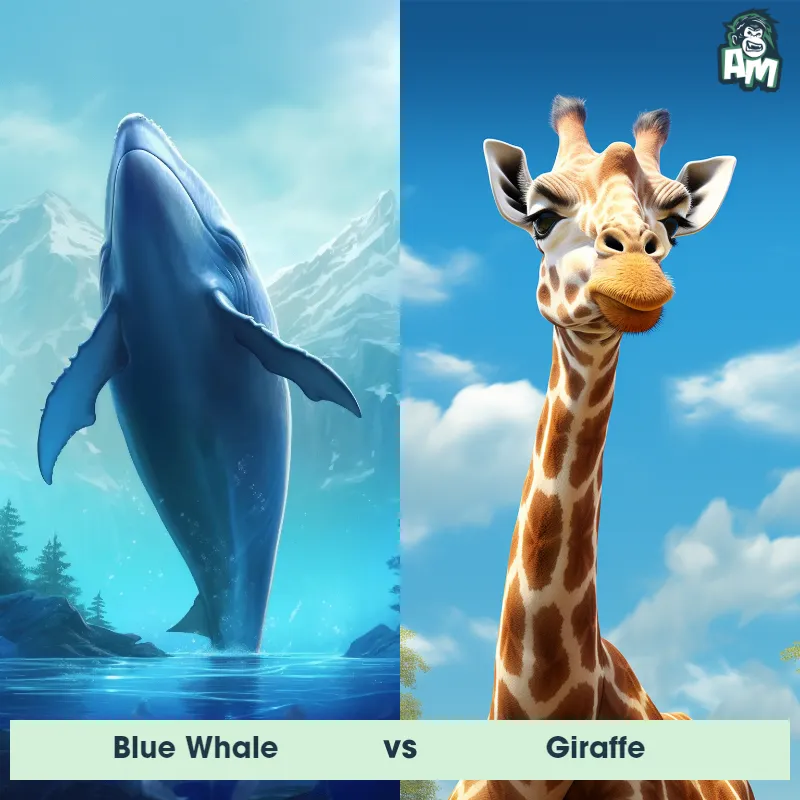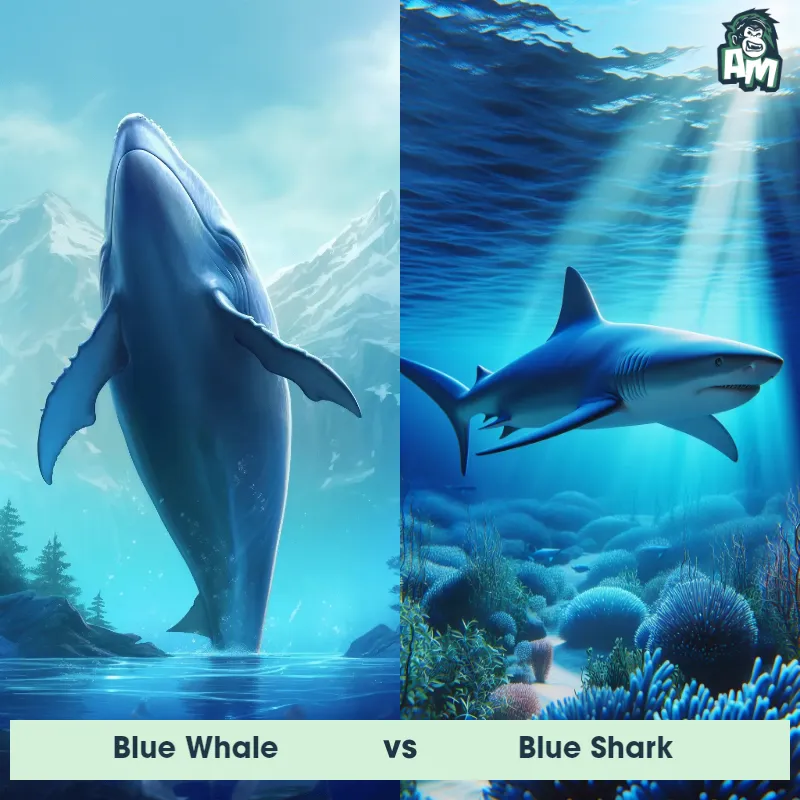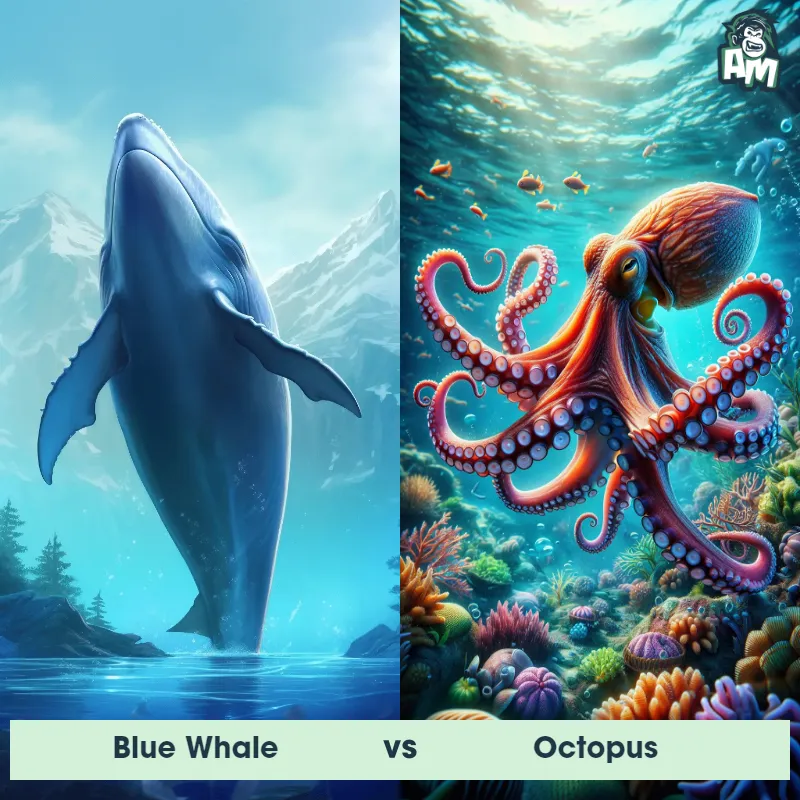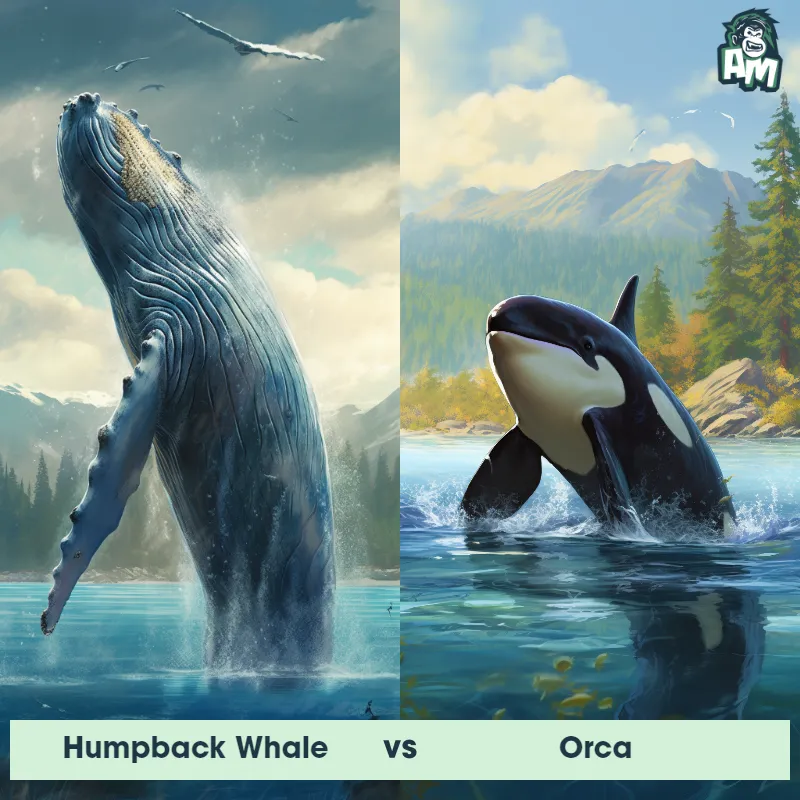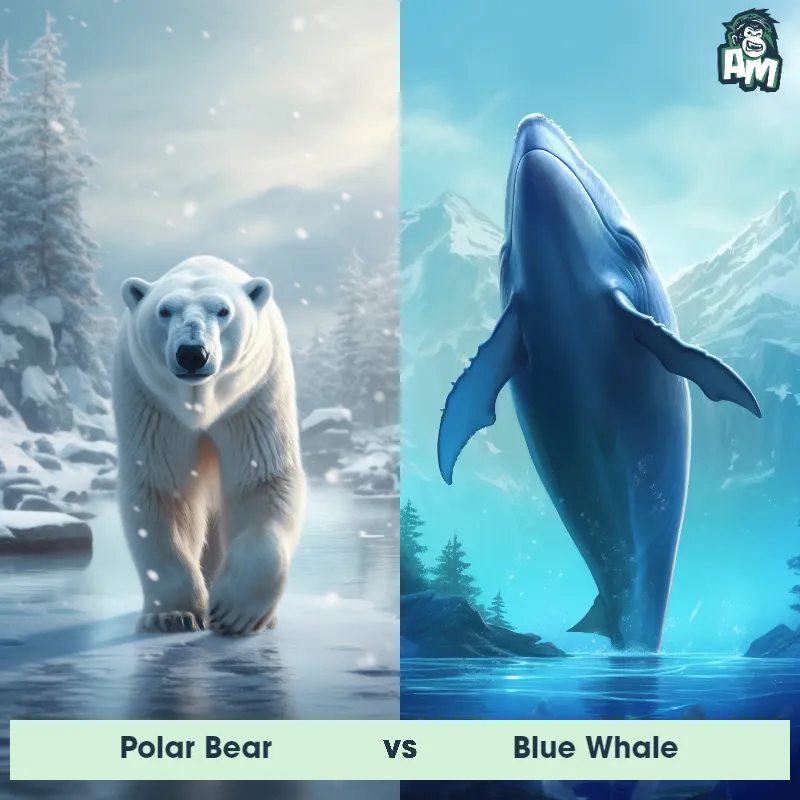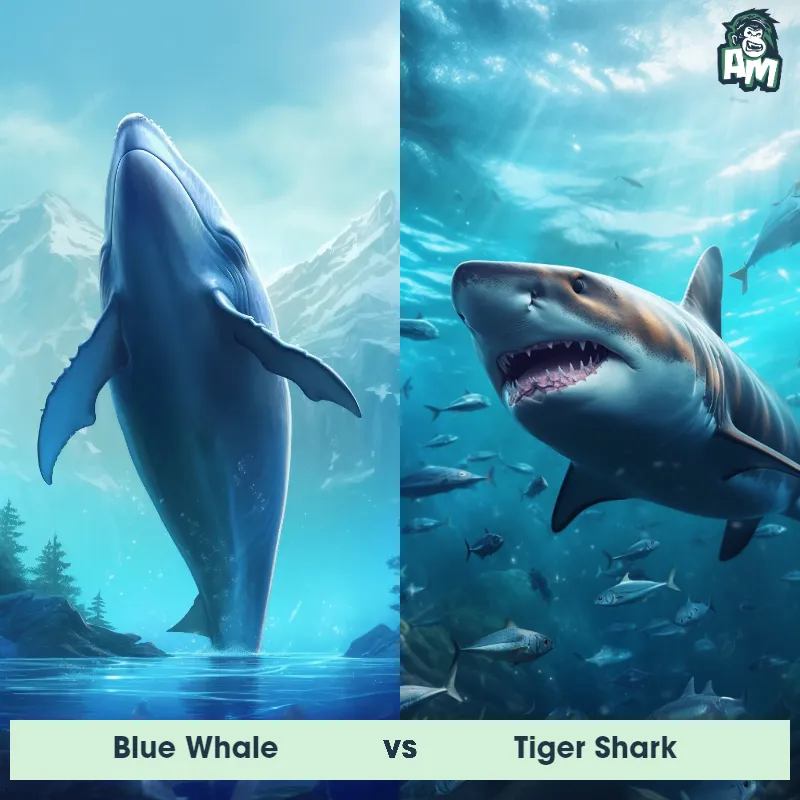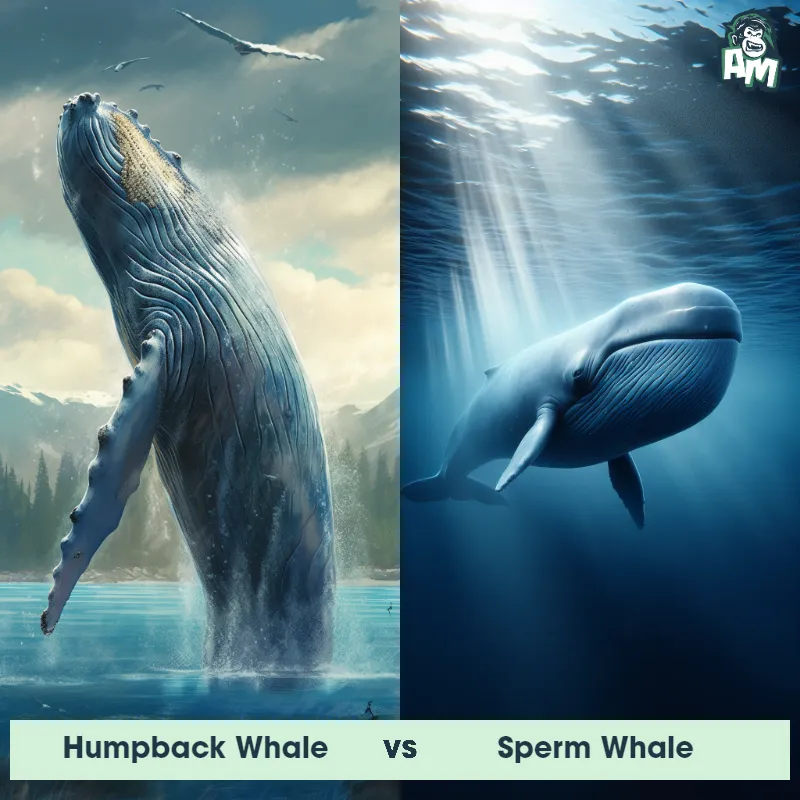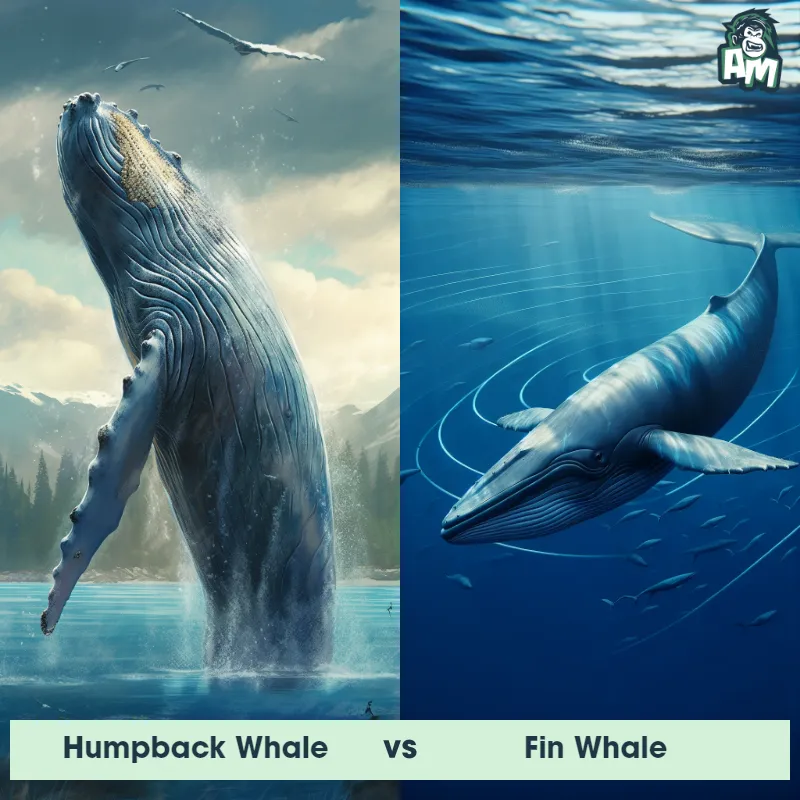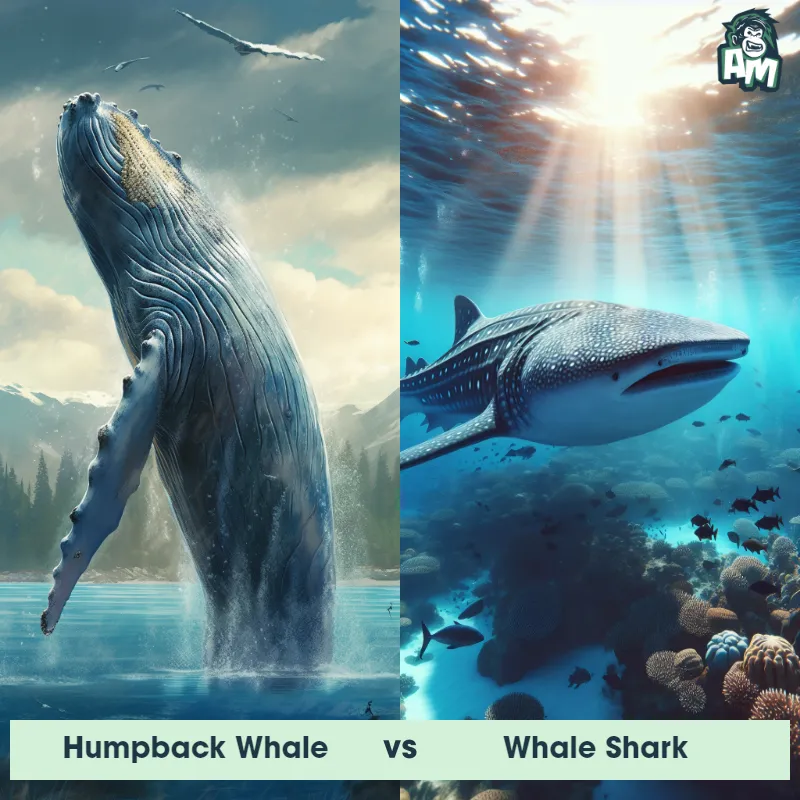Coelacanth vs Blue WhaleSee Who Wins
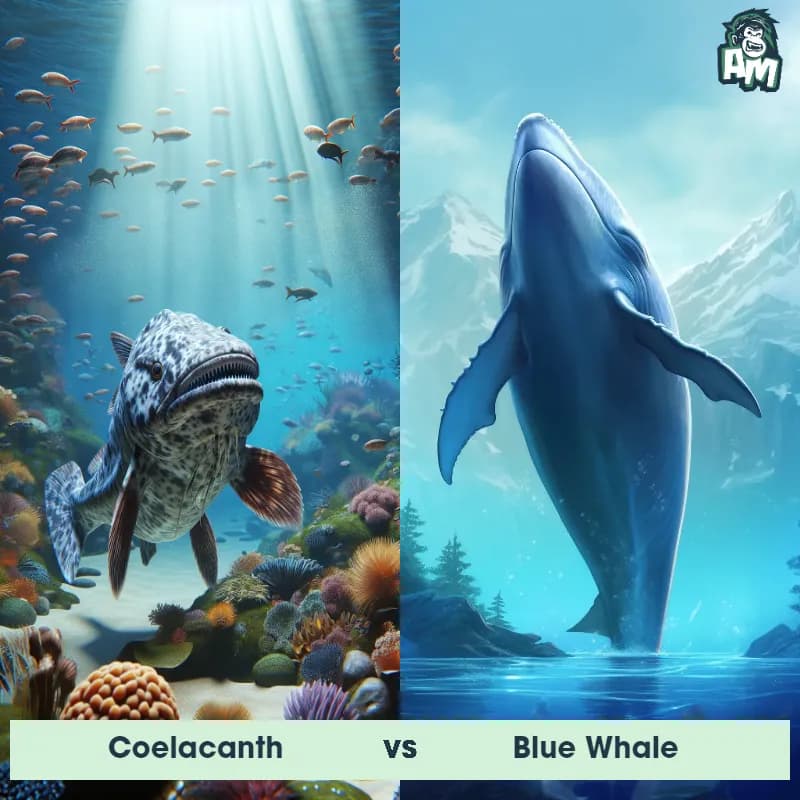
Welcome, folks, to another thrilling matchup here at Animal Matchup! Today, we have a battle between two ancient ocean giants - the Coelacanth and the Blue Whale. Both of these creatures are known for their size and strength, so we can expect a fierce competition today.
Contender 1: Coelacanth
The Coelacanth, also known as the "living fossil," is a rare and ancient fish species that dates back to the Late Cretaceous period, around 65 million years ago. It possesses unique characteristics that distinguish it from other fish, including its lobed fins, which resemble limbs, and its hinged skull. Coelacanths have a torpedo-shaped body, covered in thick scales, and can vary in color from dark blue to brown. Spanning about six feet in length and weighing around 200 pounds, they have powerful jaws filled with sharp teeth, enabling them to feed on small fish and cephalopods.
Fun Fact: One fascinating fact about the Coelacanth is that it was thought to have gone extinct around the time of the dinosaurs, but in 1938, a living specimen of this ancient fish was discovered off the coast of South Africa, stunning the scientific community and debunking the belief that Coelacanths had vanished from the Earth.
Contender 2: Blue Whale
The Blue Whale, also known as Balaenoptera musculus, is the largest animal on Earth, reaching lengths of up to 100 feet and weighing up to 200 tons. They have a long, streamlined body with a bluish-gray color and a small dorsal fin. Their diet consists mainly of krill, which they filter through their baleen plates. Blue Whales are known for their loud, low-frequency vocalizations, which can be heard for hundreds of miles.
Fun Fact: Blue Whales have the largest heart of any animal, weighing up to 1,000 pounds and being the size of a small car.
Matchup Stats
| Coelacanth | Blue Whale | |
|---|---|---|
| Size | 6 feet (1.8 meters) | Up to 100 feet (30.5 meters) |
| Weight | 200 pounds (90 kilograms) | Up to 200 tons (181 metric tons) |
| Speed | 0.5mph (0.8km/h) | Speed: 20 mph (32.19 km/hr) |
| Key Strength | Powerful jaws and sharp teeth | None |
| Biggest Weakness | Not specified | Slow movement |
Current Votes
Coelacanth vs Blue Whale
See Who Wins
View More Matches
Looking For More?
Similar Matches
Scientific Stats
| Coelacanth | Blue Whale | |
|---|---|---|
| Scientific Name | Latimeria chalumnae | Balaenoptera musculus |
| Family | Coelacanthidae | Balaenopteridae |
| Habitat | Deep-sea | Open ocean |
| Geography | Indian Ocean | Worldwide |
| Diet | Small fish and cephalopods | Krill |
| Lifespan | 20 years - 30 years | 80 years - 90 years |
Key Differences between Coelacanth and Blue Whale
- Size: The Blue Whale is the largest animal on Earth, reaching lengths of up to 100 feet, while the Coelacanth typically only grows to about 6 feet in length.
- Conservation status: Blue Whales are listed as endangered due to hunting and habitat loss, while Coelacanths are considered a "living fossil" and are listed as vulnerable due to bycatch in fishing nets.
- Color: The Blue Whale has a blue-grey coloration, while the Coelacanth is generally brown or grey with white spots.
- Habitat: Blue Whales are found in oceans around the world, while Coelacanths are deep-sea fish that inhabit caves and crevices in rocky reefs.
- Reproduction: Blue Whales are mammals that give live birth to their young, while Coelacanths are fish that lay eggs.
- Shape: The Blue Whale has a streamlined body with a large tail for propulsion, while the Coelacanth has a more fish-like shape with lobed fins.




